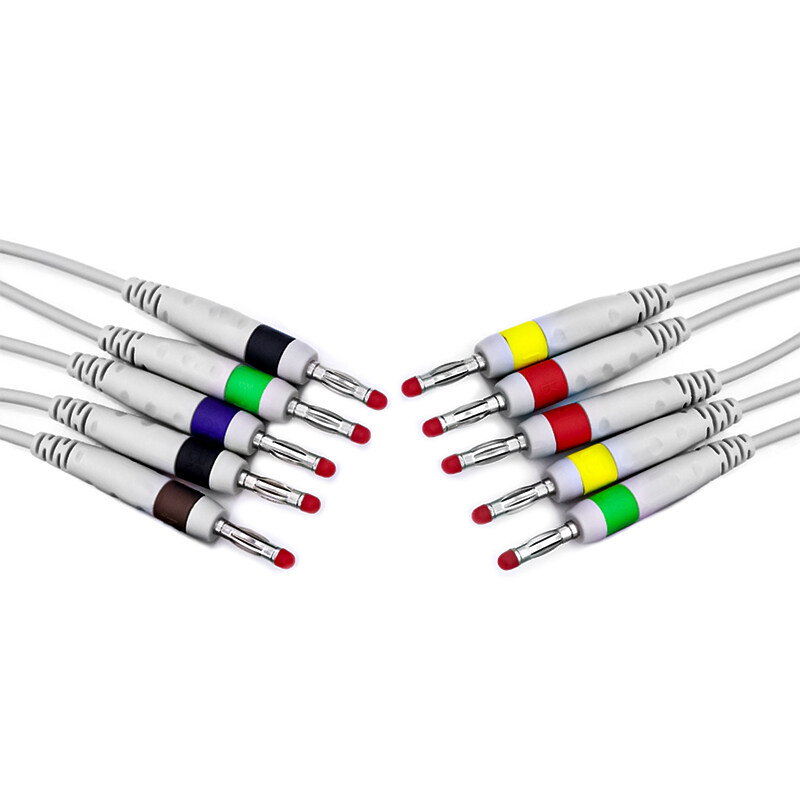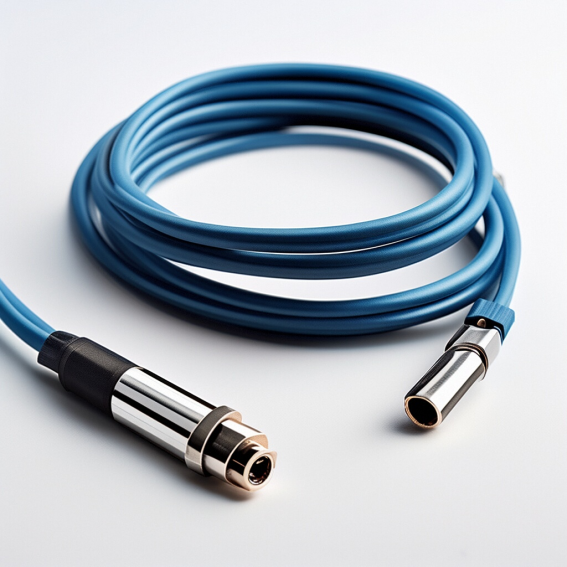Email format error
Email cannot be empty
Email already exists
6-20 characters(letters plus numbers only)
The password is inconsistent
Email format error
Email cannot be empty
Email does not exist
6-20 characters(letters plus numbers only)
The password is inconsistent

News at Linke
News from National Cable And Wire Manufacturing Company.

A Comprehensive Guide on How to Clean ECG Cables and Leadwires
Electrocardiography (ECG) cables and leadwires are essential components of medical equipment used to monitor a patient's heart activity. Regular cleaning and maintenance of these cables and leadwires are crucial to ensure accurate readings and prevent the spread of infections. In this blog post, we will provide you with a step-by-step guide on how to clean ECG cables and leadwires effectively.
I. Gather the necessary supplies:
Before starting the cleaning process, gather the following supplies:
Mild detergent or disinfectant solution
Clean, lint-free cloth or sponge
Water
Isopropyl alcohol (70% concentration)
Disposable gloves
II. Preparing for cleaning:
Ensure that the ECG machine is turned off and disconnected from the power source.
Put on disposable gloves to protect yourself from any potential contaminants.
III. Cleaning the cables and leadwires:
- Disconnect the cables and leadwires from the ECG machine.
- Inspect the cables and leadwires for any visible dirt, stains, or debris. If present, gently remove them using a clean cloth or sponge.
- Prepare a solution of mild detergent or disinfectant and water in a clean container. Follow the manufacturer's instructions for the appropriate dilution ratio.
- Dip the cloth or sponge into the solution and wring out any excess liquid to avoid dripping.
- Wipe the entire length of the cables and leadwires with the damp cloth or sponge, ensuring thorough coverage.
- Pay extra attention to the areas where the cables connect to the leadwires, as these are prone to accumulating dirt and sweat.
- Rinse the cloth or sponge with clean water and wipe the cables and leadwires again to remove any residue from the cleaning solution.
- Dry the cables and leadwires thoroughly using a clean, lint-free cloth.
IV. Disinfection:
After cleaning, it is essential to disinfect the cables and leadwires to eliminate any remaining bacteria or viruses.
Moisten a clean cloth or sponge with isopropyl alcohol (70% concentration).
Wipe the entire length of the cables and leadwires with the alcohol-soaked cloth or sponge, ensuring complete coverage.
Allow the cables and leadwires to air dry completely before reconnecting them to the ECG machine.
V. Additional tips:
Avoid using abrasive cleaners or harsh chemicals, as they can damage the cables and leadwires.
Do not immerse the cables or leadwires in water or any cleaning solution, as this can cause internal damage.
Regularly inspect the cables and leadwires for signs of wear and tear. Replace them if necessary to maintain accurate readings.
Follow the manufacturer's guidelines for cleaning and maintenance, as specific instructions may vary depending on the brand and model of the ECG equipment.
Conclusion:
Proper cleaning and maintenance of ECG cables and leadwires are essential for accurate readings and preventing the spread of infections. By following the step-by-step guide outlined in this blog post, you can ensure the longevity and reliability of your ECG equipment. Remember to always prioritize safety and adhere to the manufacturer's instructions for optimal cleaning and maintenance practices.

